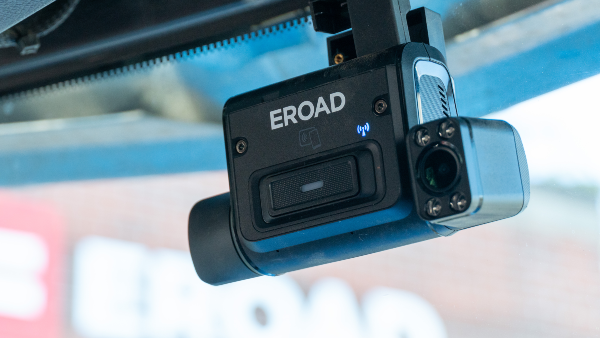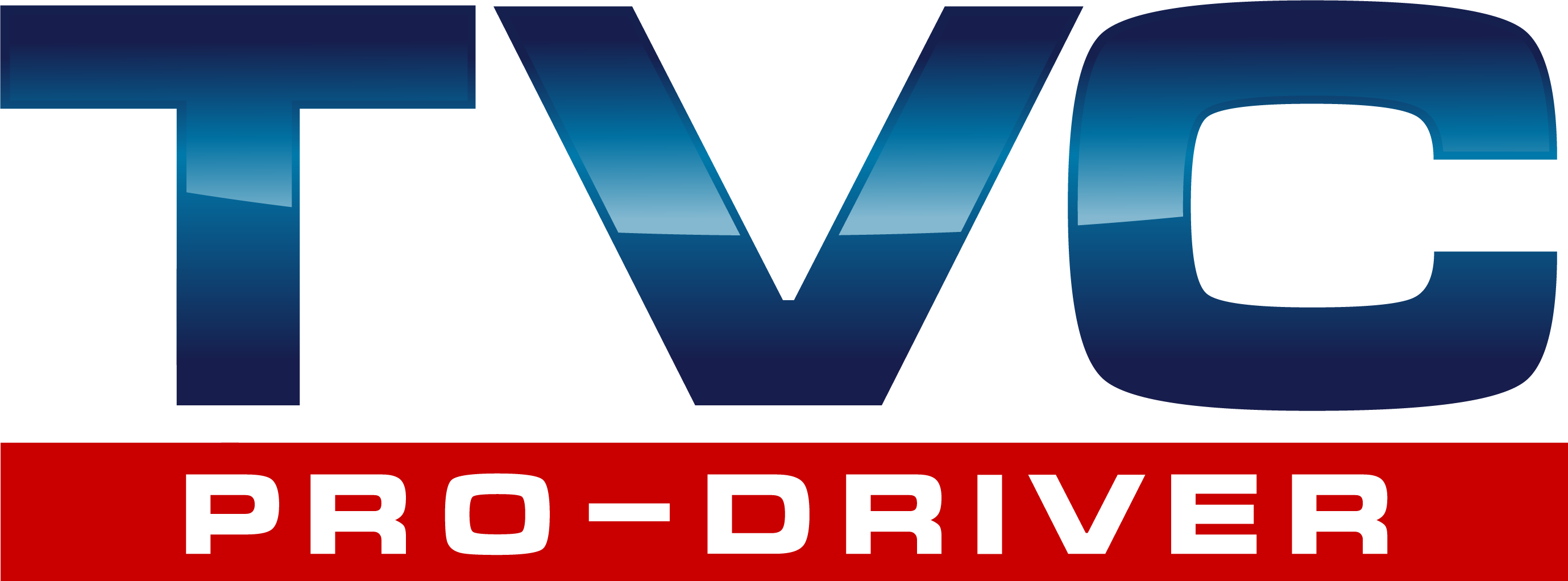
Video telematics provides significant and tangible benefits to both drivers and motor carriers. However, it’s essential to have the drivers’ support for successfully implementing this solution. Convincing drivers to embrace this technology can be a hurdle.
The American Transportation Research Institute (ATRI) conducted a survey titled “Issues and Opportunities with Driver-Facing Cameras” to investigate drivers’ apprehensions about in-cab cameras and what measures carriers can take to address them. Although the report focuses primarily on driver-facing cameras, it also includes drivers’ opinions on road-facing cameras, making its conclusions relevant to video telematics systems in general.
Here are some key findings from the ATRI study:
The Importance of Sharing Positive Outcomes
Surveyed drivers with current or prior experience with in-cab cameras, including those facing the road or the driver, have given cameras higher approval ratings. This is likely due to their first-hand experience or observation of the benefits that video telematics can provide to drivers. Carriers should make a point to share stories of driver exoneration with their team once video footage has been reviewed.
“Experiencing positive outcomes from the footage, either directly or through a coworker, is one of the most reliable causes of improved driver perceptions,” the ATRI report says.
According to the ATRI report, new truck drivers were more receptive to in-cab cameras, possibly because they had positive experiences with video during their training.
Opt for Video as a Tool for Improvement Rather Than Punishment
In-cab cameras can be a source of skepticism for drivers who may worry about using video footage punitively. To ease these concerns, incorporating video into safety and training programs can be helpful. Additionally, recognizing and rewarding safe driving practices using video footage can go a long way toward building trust between drivers and management.
Consistency is Key
Implementing video telematics systems can leave drivers with valid privacy concerns, as they may fear that the footage will be used against them in a punitive manner. To address this, it is essential to establish a clear and comprehensive video telematics policy that is applied fairly and consistently. This approach will go a long way in securing driver buy-in and alleviating their apprehensions.
Drivers told ATRI that “strict and clear agreements” covering what footage is viewed, who may view it and when would be key to improving acceptance of in-cab cameras, specifically driver-facing.
When drafting a video telematics policy, it’s essential to specify what videos can be viewed, by whom, and under what conditions, and explain the reasons for using cameras, how they can help drivers, and their expected benefits.
Other Factors to Keep in Mind When Implementing Video Telematics
Event-Based Cameras Preferred Over Continuous Recording: According to recent surveys, drivers and legal experts strongly prefer event-based camera systems over those that record continuously. Drivers cited privacy concerns, while legal experts were worried about the amount of footage being recorded.
Creating Video Footage Storage and Deletion Policies for Carriers: To ensure compliance, carriers should establish video telematics policies that outline what footage is stored and for how long and guidelines around deleting footage. For example, ATRI advises to delete “footage that does not depict an incident as soon as internal review or coaching is completed.” Be proactive in setting up these policies to avoid any potential legal issues.
TVC Pro-Driver is partnered with EROAD, a leading global transportation technology services company, to help fleets maximize safety, performance and compliance via dashboard cameras and fleet telematics.
The EROAD Clarity Dashcam can provide TVC Pro-Driver customers with an easy, reliable, dual-facing dashcam solution, GPS tracking and fleet management platform. Benefits include:
- Protect your drivers and your business from wrongful lawsuits
- Save on insurance and repair costs
- Use video footage as a high-impact coaching tool to improve driver performance
- Reduce accidents and the time required to investigate them
If you want to learn more about EROAD’s video telematics solutions, email us at sales@prodriver.com.











